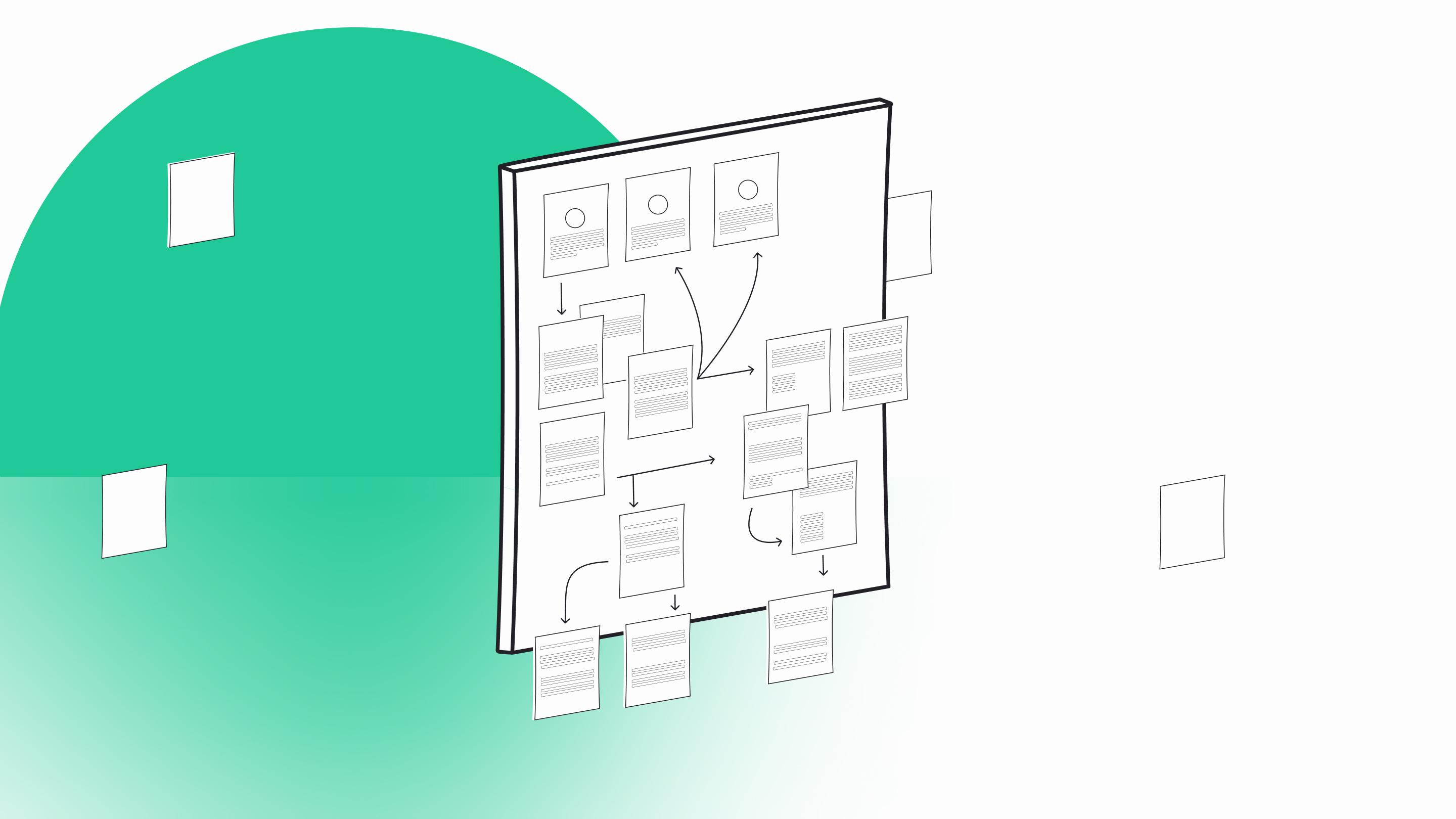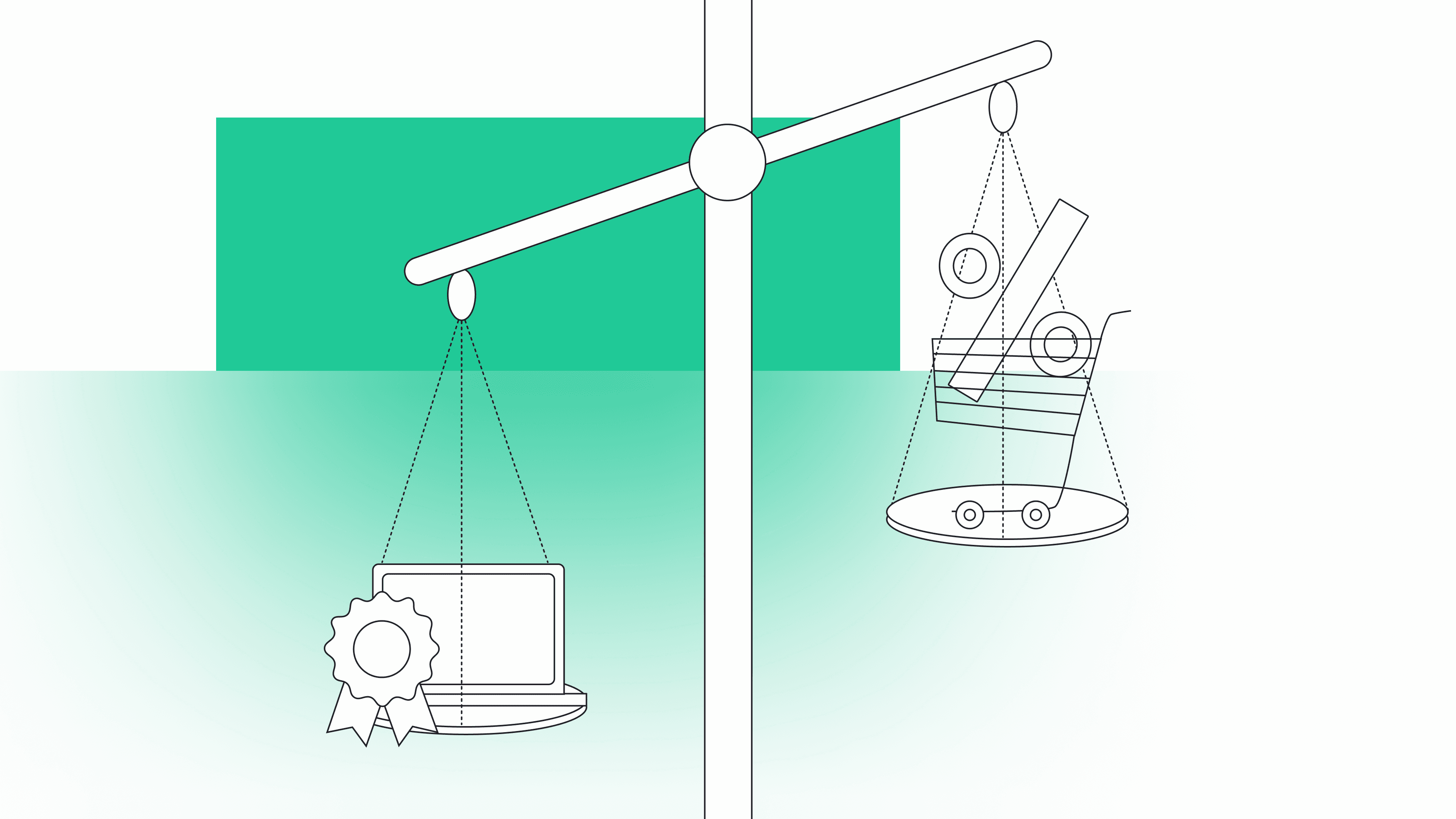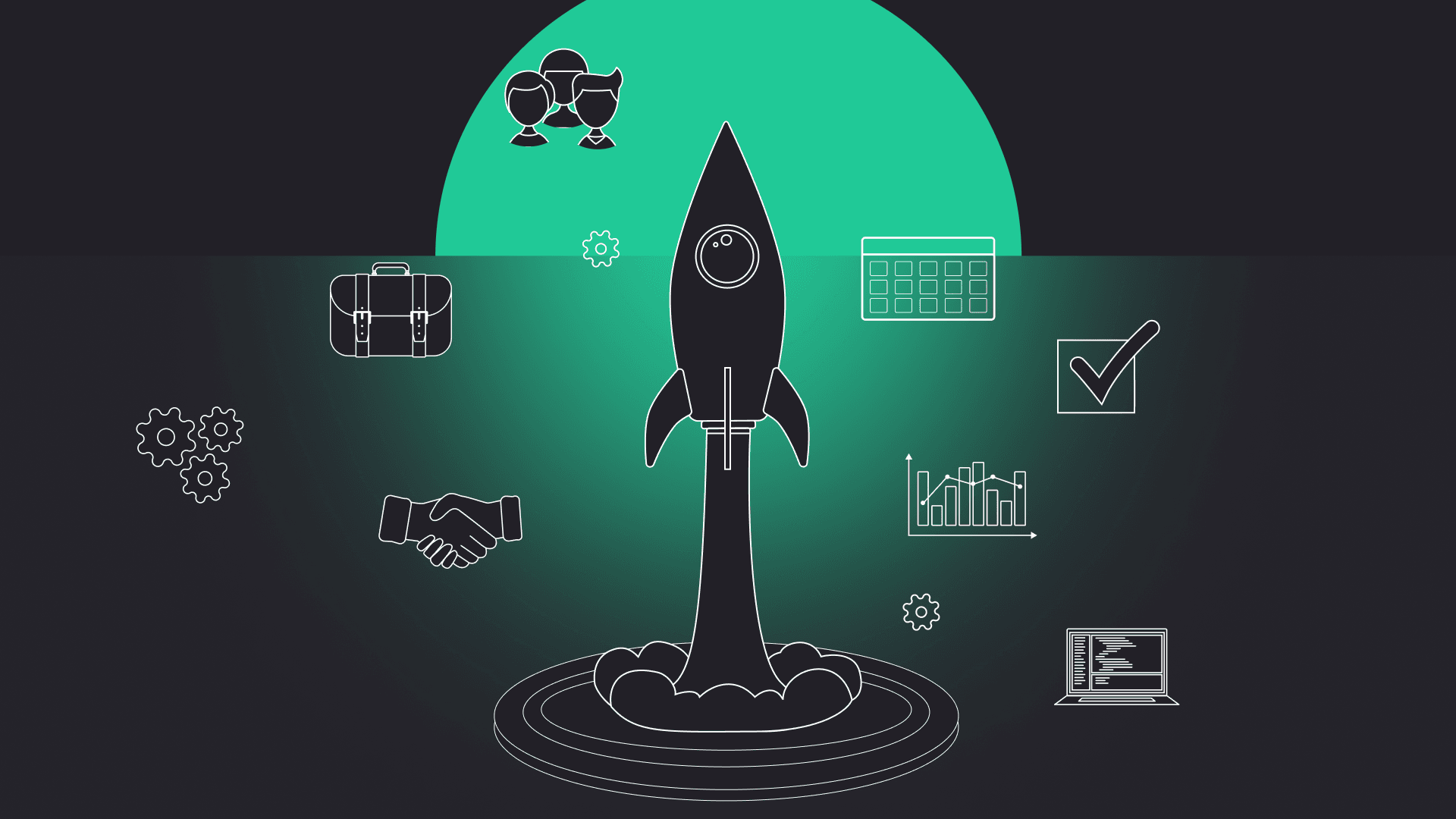


Proof of concept vs. prototype: what is the difference?
Building a software product is undeniably complicated. The entire process encompasses multiple stages and complex terms, many of which can be baffling if you’re not experienced in the field. And if you’re at the beginning of the road and only validating your idea, this can be especially hard.
In this article we’ll take a closer look at two product validation methodologies that, in our experience, are the most confusing for beginners: proof of concept and prototype. We’ll discuss their features, benefits, and use cases.
Let’s start with the most pressing question.
What’s the difference between a proof of concept vs prototype?
A proof of concept (PoC) is used to verify if an idea is technically feasible and can solve a problem, focusing on whether it can be done. It’s often a document or a walk-through, without any coding. A prototype, on the other hand, is an early model of the product, showcasing core features, design, and user interactions to visualize how the product might look and feel. While a PoC tests the concept’s viability, a prototype tests the design and user experience. Both are used in different stages of product validation and are not mutually exclusive.
Now, let’s dive deeper into each of these.
Proof of concept (PoC)
A proof of concept is an early version of a product created to, first and foremost, test whether or not a product idea is valid. In other words, we check if the solution we’ve come up with can actually solve the problem. But we also validate technical feasibility. And that’s why the development process of a PoC involves not only project managers and designers, but also developers. They can tell us what technology is best for a given product (or if certain technology is doable) and check it against all requirements.
What do you get with a proof of concept
As PoC is a validation method, it is naturally created in the initial stages of software development. It usually encompasses documentation, wireframes, or some sort of a presentation or a walk-through. No coding is done at this stage, although the PoC should specify and validate some technical aspects of the product and its requirements.
Developing a proof of concept first is an especially good idea if the project is innovative or risky and we want to make sure that it makes sense. In these scenarios, a PoC verifies whether the product idea can be forged into reality without investing any development costs.
Benefits of a PoC
- Saves you time and money on a wild goose chase – a PoC gives you a way to check if your idea is feasible and if the product will function properly. Because of this, you run a lower risk of failure. So you know you won’t lose time and money over a product that is doomed to fail eventually.
- Gives you opportunity to choose the right way – with an in-depth research that’s embedded in a PoC, the team can better understand the product along with its strengths and limitations. This means they can test and propose solutions and technologies that make the most sense – development- and cost-wise.
- Reduces possible risks down the line – the research also makes you and your team more aware of potential pitfalls you may face in future software development. This means you can plan ahead how to deal with your product’s limitations and avoid known issues.
When to develop a PoC
While developing a proof of concept is a good idea no matter what project you have in mind, there are some scenarios where a PoC seems to be absolutely necessary. Or at least a very smart choice! These include:
- risky solutions – if you’re not even sure your product idea is doable or you have a hunch that the development process will be very expensive, start with something small and go from there.
- innovative projects – when the foundations of your solution (like the technology you’ve chosen) haven’t yet been tested in a product or even industry like yours. This is the leading case when a proof of concept is needed.
- investor decisions – a proof of concept significantly increases your chances of obtaining initial funding, as it provides tangible evidence that your product will succeed and is safe to invest in. This will be your ticket to attracting investors and building a community of people excited about the product.
Prototype
Now for the prototype. A prototype is an interactive mockup of a product. It only has essential features that allow you to visualize the thing and perhaps test some behaviors. In other words, whereas a proof of concept tests if the product idea can be done, a prototype shows how it may look. Importantly, a prototype doesn’t have to encompass the entire solution – it may cover just the core functionality.
The main goal of a prototype is to show basic views, functionalities, interactions, user journey and flow, and – most importantly – the design concept itself (i.e. how the app will look).
What do you get with a prototype
Prototyping is one of the cheapest and fastest ways to get the product in front of its target users. Not the final version that they can actually use, of course, but a “dummy” they can look at. This is, believe it or not, extremely important, as it will help you identify user pain points and address them. You’ll also get valuable insights into the flaws or limitations of the solution and fix them before diving head on into the production.
A prototype can take many forms: sometimes, you just need pencil and paper; other times, it can take the form of an interactive design. Sometimes we create wireframe prototypes that focus more on user flows and app functionalities, while other times, we put more attention to the actual design and layout.
Benefits of a prototype
- Allows you to collect initial user feedback and validate the design – as I said before, prototyping is a fast way to check your product against intended users and discover missing opportunities. With a prototype, the product team can also validate the app design and iterate as needed to get the desired user interactions.
- Improved product flow – prototyping also allows the team to check the app’s user flow and user journey. It’s the very first opportunity for your users to interact with the product; they can see how it looks and feels, test if the solution is intuitive, etc. All of this impacts user experience and, as a result, the success of the final product.
- Attract investors – while a prototype is far from a final product, it is a tangible thing, and as such, it can help you show the app’s value to investors and convince them to invest in the product.
When to use a prototype
As with a proof of concept, a prototype is always worthwhile – no matter of the project. But it is especially useful when:
- you want to visualize and agree on the design or user journeys;
- you need user feedback about the design and flow of your product before you start working on it;
- you have to visually test some very basic features of the solution.
How does a minimum viable product fit into all this?
Now that we know the differences between a proof of concept and a prototype, let’s see how a minimum viable product (MVP) fits into the equation. This is yet another common concept that you’ll hear about when validating product ideas. This infographic should tell you everything you need to know.
A minimum viable product is a basic, yet functional version of a digital product with only its core features. Unlike a proof of concept or a protype – which are only test dummies – a minimum viable product is an actual product. It may have limited functionalities compared to the final product, but nonetheless – you can sell it and people can normally use it (as opposed to only user testing a prototype). So a minimum viable product is the most advanced stage of product validation.
All in all
The question isn’t really: “which to choose – PoC vs prototype?” They are not mutually exclusive. a proof of concept is better for some use cases (when you’re interested in how it will work), and a prototype for others (when you’re interested in how it will look). Some projects will require both a PoC and a prototype.
The point always is to check the product from every angle and validate your idea from the very start – check its feasibility, functionality, and user experience. This requires an iterative process, that includes various other stages, such as product/market fit.
Want to make sure your product idea has a chance of succeeding on the market? Book a free consultation with our experts. Let’s validate your vision together.
This article was updated in September 2024.


Have a project in mind?
Let’s meet - book a free consultation and we’ll get back to you within 24 hrs.
Ela writes about the fundamentals of great development, project management approaches, ways to develop a proof of concept or an MVP, UX, our company culture, and many other things happening in Gorrion.






